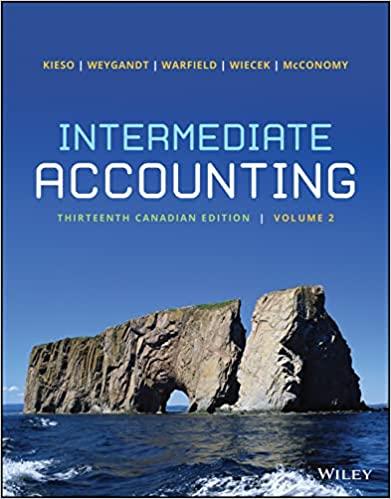The following are various accounts: 1. Bank loans payable of a winery, due March 10, 2027 (the
Question:
The following are various accounts:
1. Bank loans payable of a winery, due March 10, 2027 (the product requires aging for five years before it can be sold)
2. $10 million of serial bonds payable, of which $2 million is due each July 31
3. Amounts withheld from employees’ wages for income tax
4. Notes payable that are due January 15, 2026, where the business’s operating cycle is less than one year
5. Interest payable on a note payable (the note is due January 15, 2026, and the interest is due June 30, 2024)
6. Credit balance in a customer’s account arising from returns and allowances after collection in full of the account
7. Bonds payable of $2 million maturing June 30, 2027
8. An overdraft of $1,000 in a bank account (no other balances are carried at this bank)
9. An overdraft of $1,000 in a bank account (other accounts are carried at this bank and have positive account balances)
10. Deposits made by customers who have ordered goods
Instructions
a. Indicate whether each of the items above should be classified under IFRS on December 31, 2023, as a current or long-term liability or under some other classification. Consider each item independently from all others; that is, do not assume that all of them relate to one particular business. If the classification of some of the items is doubtful, explain why in each case.
b. Assume instead that the company follows ASPE. Repeat part (a) for the items that would be classified differently.
Step by Step Answer:

Intermediate Accounting Volume 2
ISBN: 9781119740445
13th Canadian Edition
Authors: Donald E. Kieso, Jerry J. Weygandt, Terry D. Warfield, Irene M. Wiecek, Bruce J. McConomy





